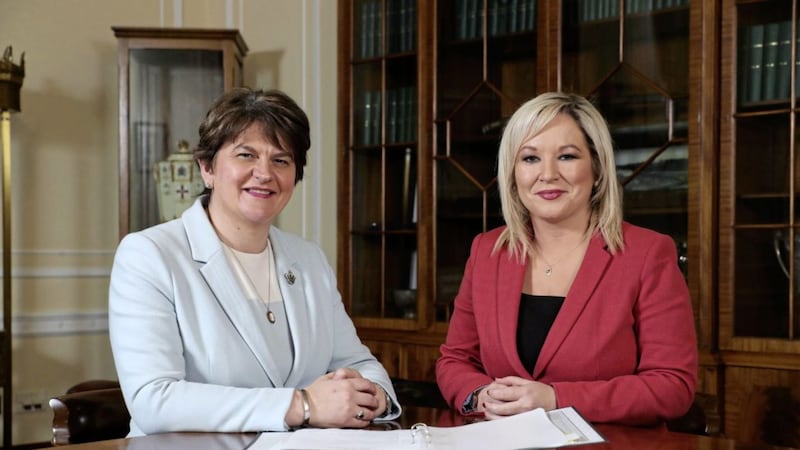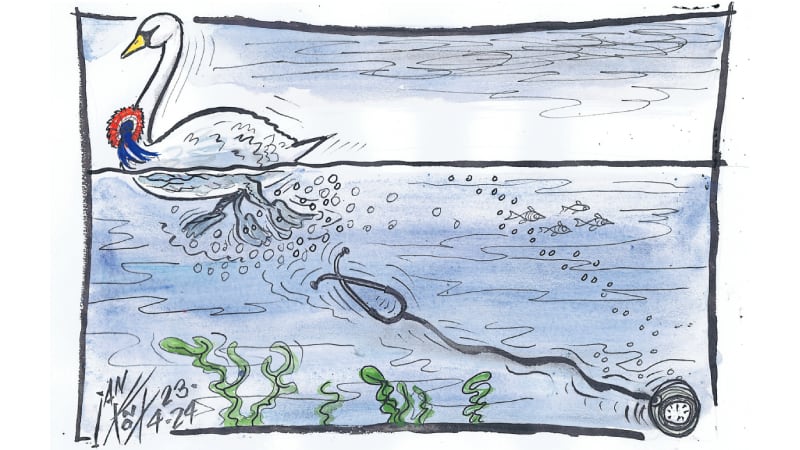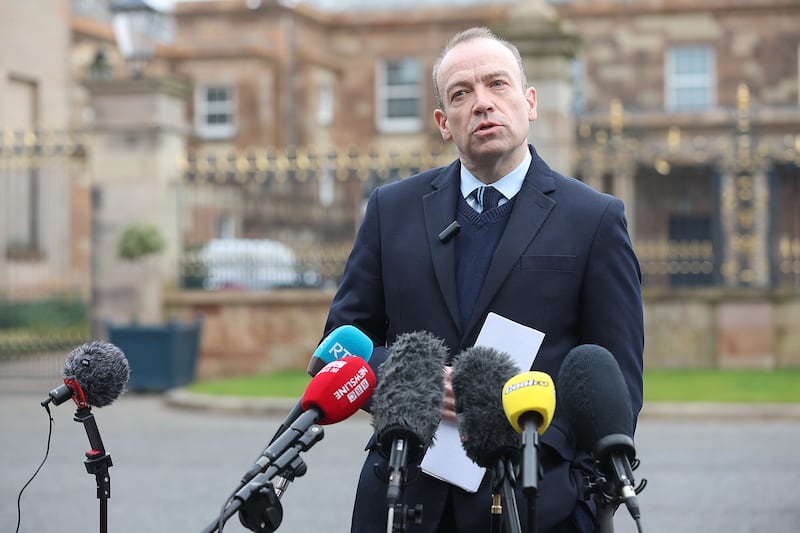THERE was a row earlier this month after Downing Street excluded a number of reporters from a regular government briefing.
A group of lobby journalists, including household names from the BBC and ITV alongside political correspondents from Britain's leading dailies, decided to boycott the briefing in solidarity with their colleagues, who were banned because they were deemed to be critics of Boris Johnson's administration and its policies.
The journalists' counterparts at Stormont watched on with a degree of envy and bewilderment, resolving that there's no way a similar episode would occur on this side of the Irish Sea – not due to a lack of comradeship among the north's press corps but simply because such briefings don't exist. So much for a 'new approach'.
The Executive Office (TEO) insists it has been forthcoming with information in recent weeks. For example, news organisations were told last month that Arlene Foster and Michelle O'Neill were travelling to the Joint Ministerial Committee in Cardiff. TEO also told journalists that welfare mitigations had been agreed and that ministers had chose to form a Brexit sub-committee.
However, these snippets, which tend to portray the executive only in a positive light, are just part of the story and reflect just a fraction of the business on the ministers' agenda.
Elsewhere, journalists receive briefings in the aftermath of cabinet meetings and executive meetings, enabling them to understand what issues are exercising their elected representatives, which can in turn be relayed to the public.
It's widely acknowledged that not all information discussed at the weekly meetings can be made public, as governments need room to develop policy and thrash out certain contentious issues in private.
Yet this does not just justify filtering out every bit of information that can't be filed under 'good news' and adopting an approach which is completely at variance with the new culture of transparency outlined in the New Decade New Approach document.
It was secrecy and a silo mentality that was the undoing of the last executive, which at times showed contempt for the Fourth Estate.
The media is the main conduit by which information is made available to the public. When special advisers and press officers start controlling the flow information to the nth degree, it at best influences, and at worst undermines, the democratic process.
The restored Stormont executive can easily demonstrate that it has learned its lessons and embraced a new era of openness simply by adopting an approach that is commonplace elsewhere across these islands.








